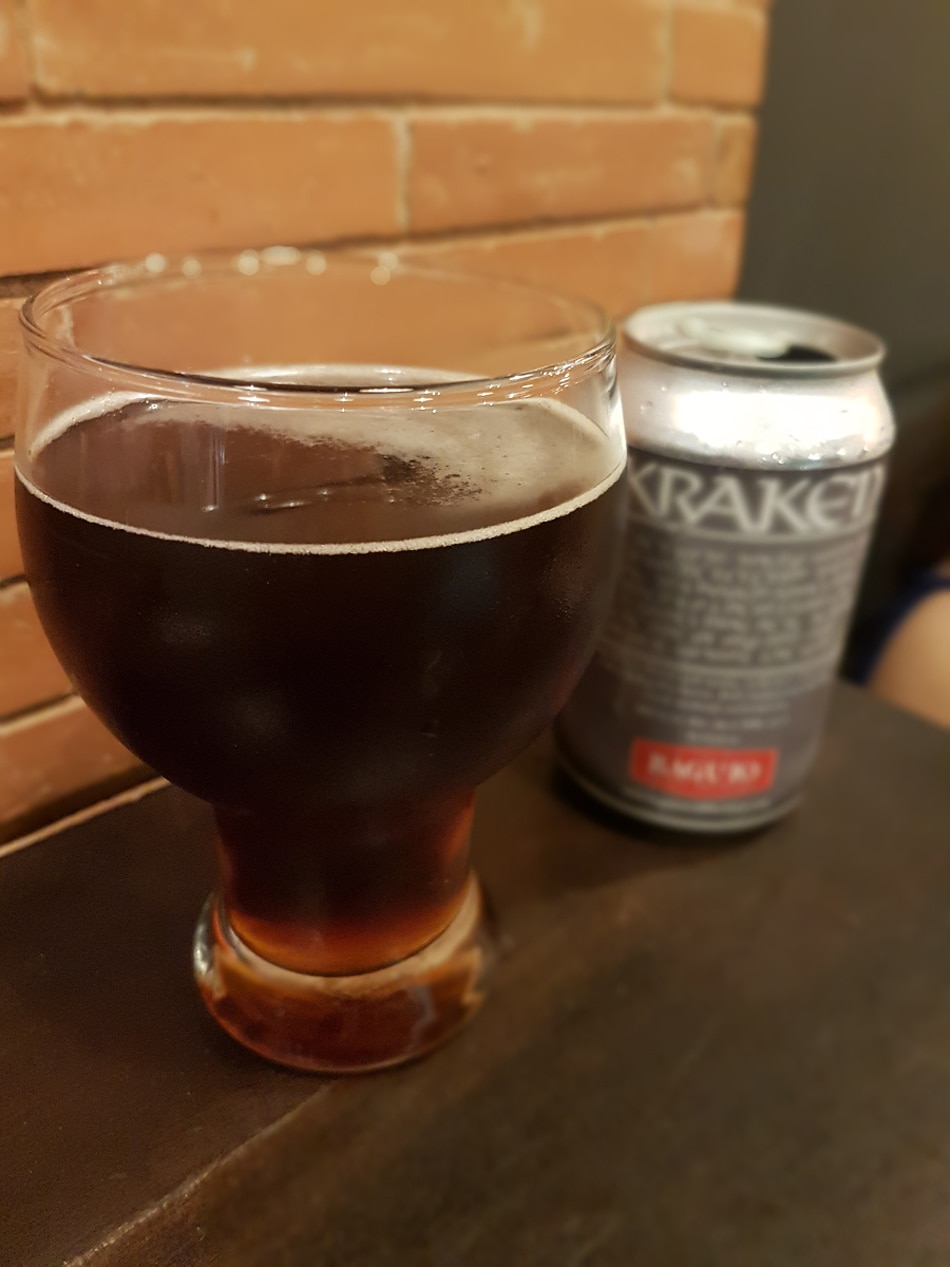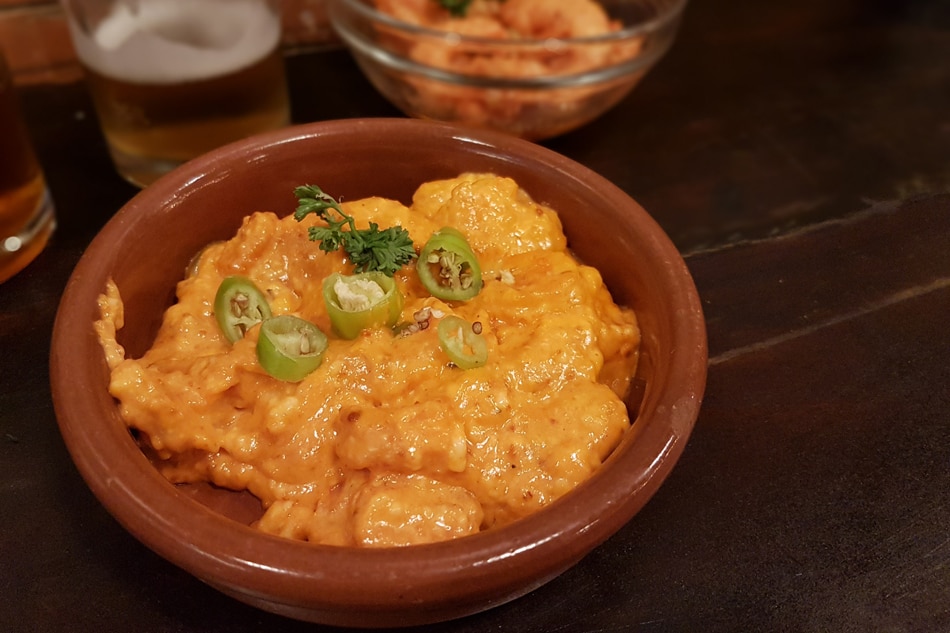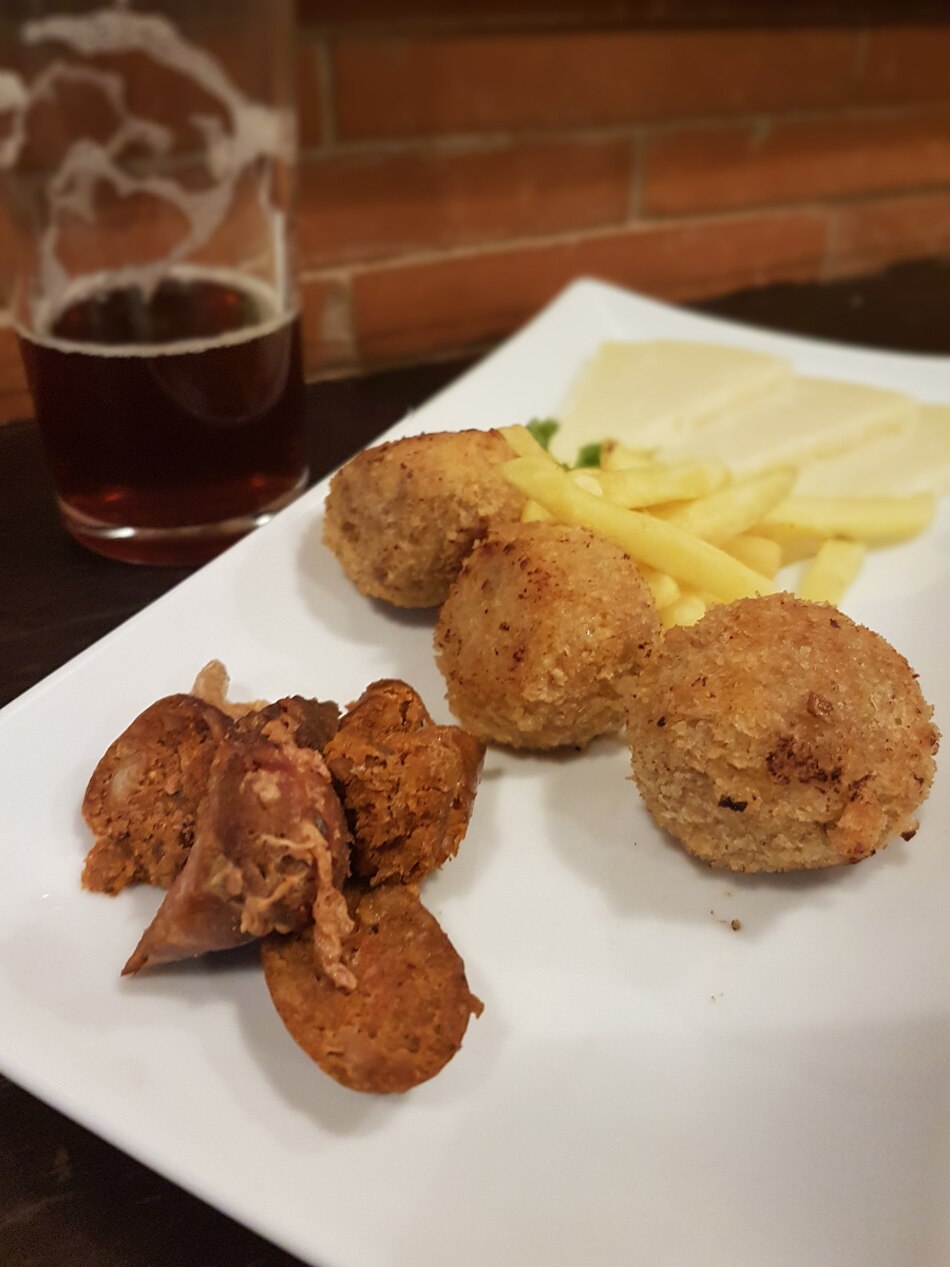Metro Manila (CNN Philippines, October 20) — Rains still prevail over the Visayas and parts of Luzon on Friday as typhoon Paolo and a low pressure area (LPA) continue to hover over Philippine territory.
In its 11 a.m. advisory, the Philippine Atmospheric Geophysical and Astronomical Services Administration (PAGASA) said moderate to occasionally heavy rains will prevail over the Visayas, Mimaropa, and Bicol in Luzon.
Residents in these areas are warned against possible flash floods and landslides.
Cebu and Bohol are experiencing light to moderate rains which may continue until the afternoon, PAGASA said at 11 a.m.
An orange rainfall warning is raised over Eastern Samar, Northern Samar, Samar and Biliran. This warns residents of flooding and landslides.
PAGASA also said sea travel will be risky off the coasts of Northern Luzon, Palawan, eastern seaboard of Central and Southern Luzon, western and eastern seaboards of the Visayas, and western, northern and eastern seaboards of Mindanao.
The inclement weather is caused by two weather disturbances affecting the country: Typhoon Paolo, which was spotted 860 kilometers east of Basco, Batanes, and an LPA 105 km south of Occidental Mindoro.
Paolo has slightly accelerated Thursday morning. It is now moving at 16 kph, and is expected to leave Philippine territory by Sunday morning
It has maintained its strength, packing maximum sustained winds of 130 kph near the center and a gustiness of up to 160 kph.
Rain has poured over parts of the Philippines the past week due to the two weather systems. On Thursday, Zamboanga City declared a state of calamity after heavy rains earlier this week left five dead, one missing, and forced the evacuation of thousands of families from their homes.



 IN MY OPINION
IN MY OPINION






